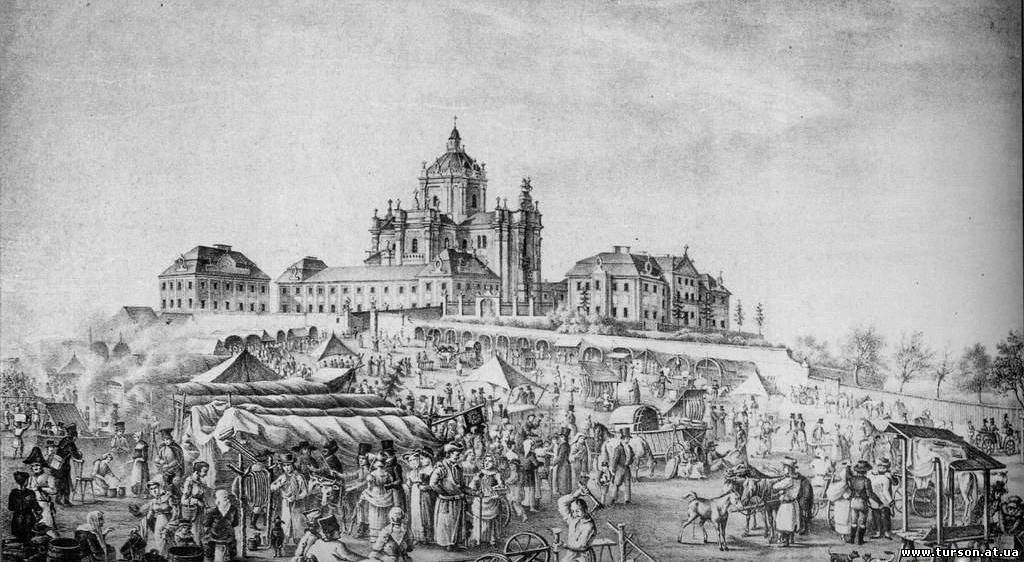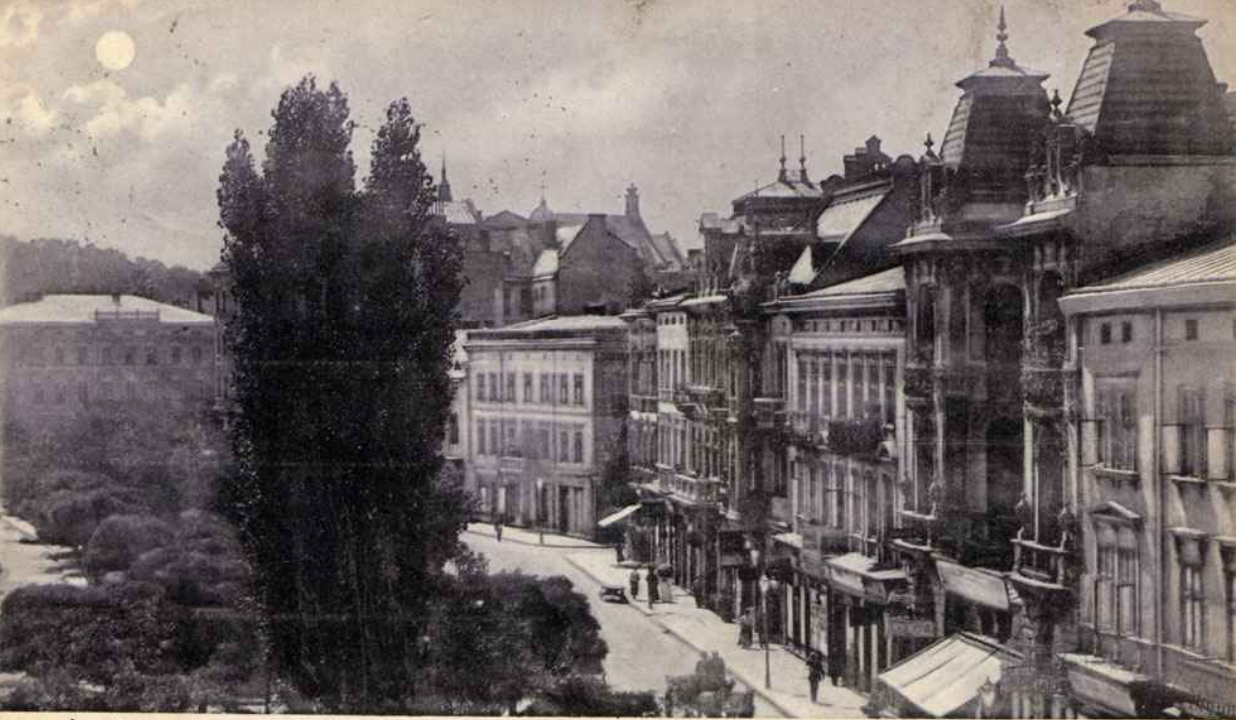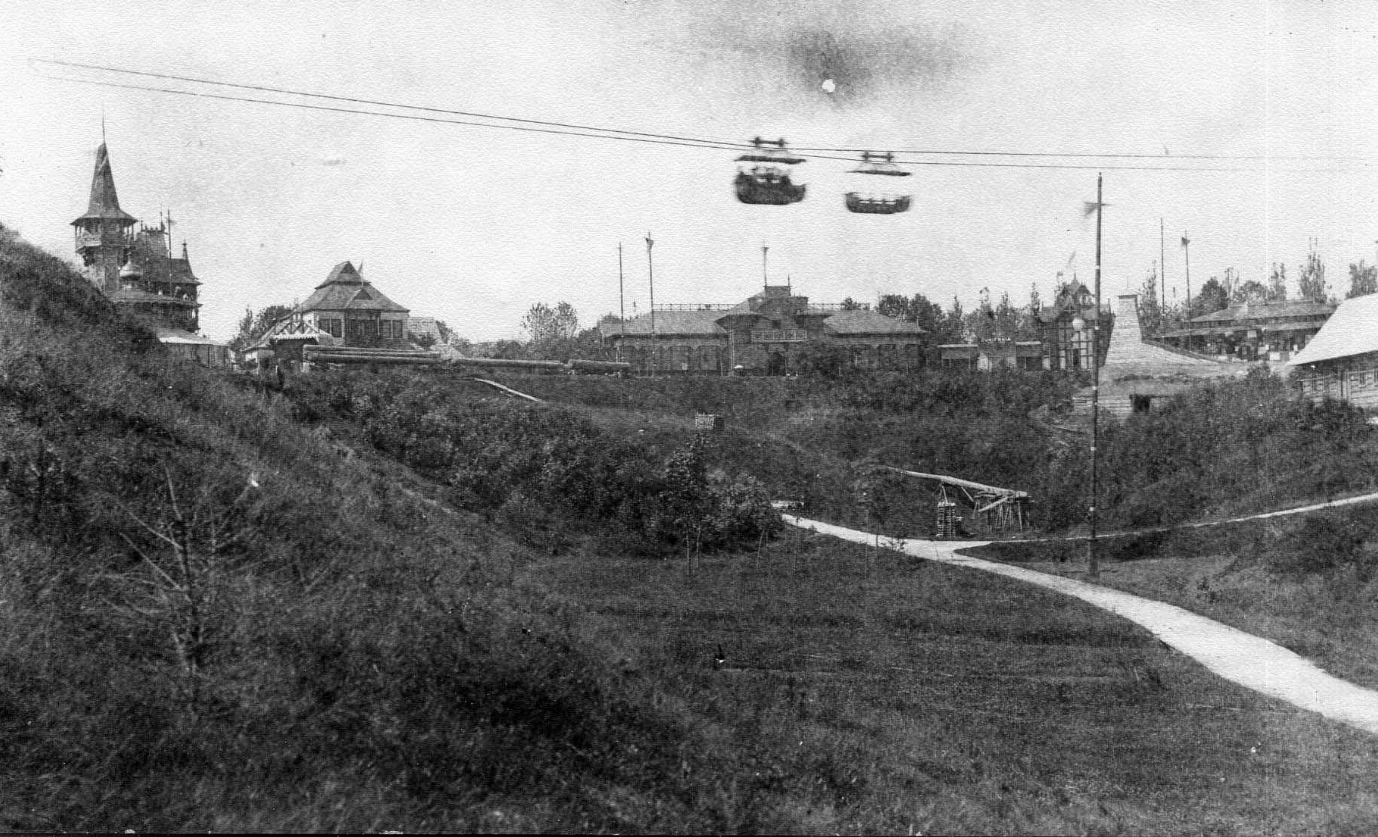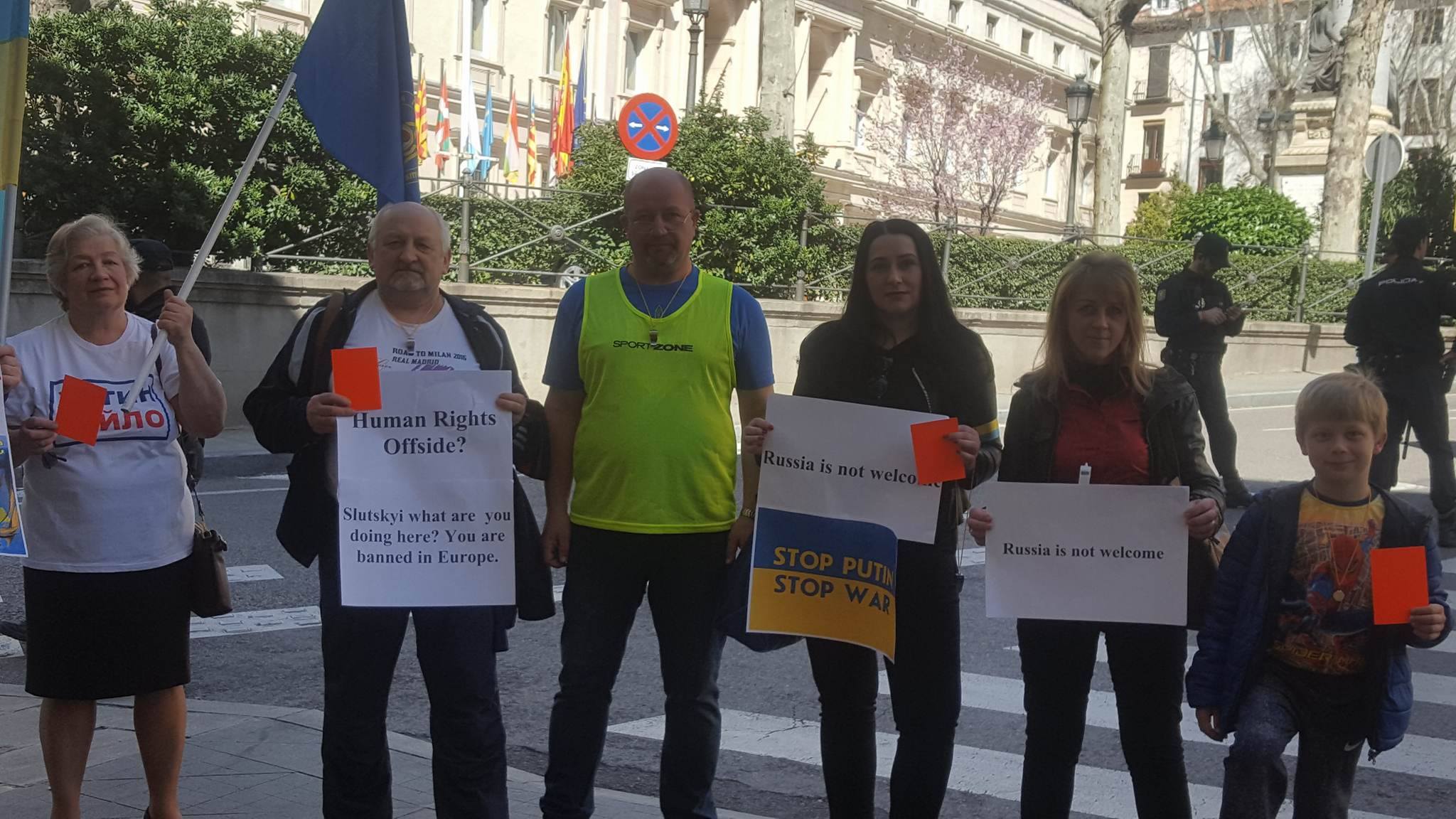Contemporary Lvivians often view the “long 19th century,” from the first partition of Polish-Lithuanian Commonwealth in 1772 until the breakout of WWI in 1914, as the golden age for Lviv, then Lemberg. More than 50% of city’s architectural heritage comes from this period when it was ruled by the Habsburg empire and was the capital of the Kingdom of Galicia and Lodomeria.
The Kingdom was populated by Polish and Ukrainian peoples (now its territory is split between these two countries) with a significant Jewish minority. Similar was the population of Lemberg: Poles dominated, followed by strong Jewish and Ukrainian communities.
The city became especially developed during the rulership and reforms of emperor Franz Joseph I (ruled in 1848-1916) who personally inspected the development of the city five times. Each time his visit was a significant event for locals. Both Ukrainians and Poles tried to secure the first appointment to the emperor to attain more rights for their community.
The terms “uncle Joseph” and “grandma Austria,” as the locals sometimes still kindly say, doesn’t mean it was all good in the Austrian period for Ukrainians. However, this time was at least marked by the absence of massive violent political conflicts, possibilities to freely develop Ukrainian culture and language, along with other cultures of the region, and even represent Ukrainian interests in local and national parliaments (although only by a few MPs).
150 years of generally peaceful development without suppression of ethnic identity is a unique exception for Ukrainian modern history.
The postcards and photos below show the life in Lviv prior to WWI, mostly in 1890-1914. They are taken from the Lviv Center for Urban History of East Central Europe. Those interested in urban history can find thousands of unique landscapes in its library from 1600 to 2021 that covers several Ukrainian cities and towns.
Lviv survived both WWI and WWII, so most of the buildings depicted below are still there, although landscapes and fashion have changed.




















